Attention New Yorkers – if you haven’t been to Philip Johnson’s Glass House, you should consider planning a visit this coming spring or summer. Located in bucolic New Canaan, Connecticut, it’s only an hour away by car from the city, and roughly 90 minutes by train via Metro North from Grand Central Station. A tour of the house and property along with lunch and shopping in town make for a lovely warm-weather day trip.
My partner, Charles, and I visited the Glass House this past June. We drove from the city and arrived on a beautiful, sunny, and traffic-free Saturday morning. New Canaan has a charming town center along Elm and Main Streets, with numerous shops, galleries, restaurants, and cafes. The Glass House Visitor Center is also located on Elm Street, directly across from the train station. This is where you meet your tour guide and catch a shuttle bus to the property, which is less than two miles away.
While you cannot park at the Visitor Center, there are three conveniently located municipal lots throughout town. Parking is metered on weekdays, but you can buy a $4 daily parking pass when you purchase your tickets for the tour; parking is free on the weekends. Speaking of purchasing tickets, we bought ours several months in advance. There are a few ticket options at various price points, including a self-guided tour. We opted for the two-hour Site Tour for $50 per person, which offers a guided walking tour of the property with access to the Glass House, the Painting Gallery, the Sculpture Gallery, and Da Monsta.
After a quick bite at Le Pain Quotidien, Charles and I walked over to the Visitor Center for our 1pm Site Tour. There is a small design store within the Visitor Center along with a gallery of great architecture books, both of which are ideal for perusing while waiting for your tour to depart. At one on the dot, our group of ten boarded the shuttle with our tour guide, Glass House-bound. Five minutes later, we pulled up to the main gate of the 49-acre property.
Philip Johnson built the Glass House in 1949 as his own residence, where he lived with his partner, David Whitney, until both of their passings in 2005. Johnson was a prominent American architect who designed dozens of buildings and private residences throughout his 65-year career. Some of his more notable projects in and around New York include the Seagram Building, the Lipstick Building, the New York State Theater at Lincoln Center, and the New York State Pavilion for the 1964 World’s Fair. He is often considered the dean of American architects, and was a prominent figure in the Modernist movement.
Tucked away on a westward sloping hill, the house cannot be seen from the road. It sits at the edge of a grassy knoll, overlooking a tranquil pond. Johnson spent many months contemplating the design and placement of the house on the property, and upon visiting this majestic site, you’ll see that he got it just right. While the house does serve a utilitarian purpose, it was conceived as a pavilion for viewing the surrounding landscape. Johnson once said, “I have very expensive wallpaper;” this quote will resonate from the moment you step inside and take in the picturesque views beyond the glass walls.
The house offers a surprising 1,800 square feet of living space. The fluid floor plan includes a living area in the center with a modular kitchen and a dining area off to the left. Low walnut cabinets act as a divider between the living area and the sleeping area. The only enclosed space within the house is the bathroom, which is positioned within a floor-to-ceiling brick cylinder that also accommodates the fireplace. The furniture and furnishings are minimal, most of which came from Johnson’s New York apartment designed by protégé Mies van der Rohe.
During our visit, we got to experience a special exhibition by Japanese artist Fujiko Nakaya. To commemorate the 65th anniversary of the Glass House, Nakaya created Veil, a fog sculpture that temporarily shrouded the house in a white mist for ten minutes every hour. The idea behind the “sculpture” was to create an opaque quality to counter the extreme transparency of the space. It was an interesting concept in theory, but in all honesty, I actually felt like the fog took away from my time enjoying the “very expensive wallpaper.”
There are several other structures on the property – all designed by Johnson – which include the Brick House, the Pavilion, the Painting Gallery, the Sculpture Gallery, the Library, Da Monsta, and the Ghost House. While the Pavilion, the Library, and the Ghost House were not a part of our tour, they could be seen and photographed from afar. The Brick House stands directly across from the Glass House and was constructed as a complement to its translucent neighbor. It served as Johnson’s guest quarters, and at just under 1,000 square feet, it contains a bedroom, a reading room, and a bathroom. Unfortunately, it’s been closed for several years due to a preservation project.
The Painting Gallery is located a few yards from the Glass House, connected by a nature path. It is situated within what looks like a military bunker, beneath a grass-covered mound. Johnson and Whitney collected art throughout their lifetimes and showcased works in the Painting Gallery by the likes of Frank Stella, Andy Warhol, Robert Rauschenberg, and several other well-known contemporary artists. This coveted collection still hangs in the gallery on rotating poster racks, but to my dismay, none of the pieces were on exhibit on the day we visited.
A bit further down the nature path at the north end of the property is the Sculpture Gallery. According to Johnson, the design of this multi-tiered white structure was inspired by the Greek islands. I was very happy to see that unlike the Painting Gallery, Johnson and Whitney’s rather eclectic sculpture collection was on display for the viewing pleasure of the tour. Enhanced by chevron-shaped shadows cast by the glass and steel ceiling, the viewing experience in the Sculpture Gallery was quite extraordinary, and apparently, Johnson felt this way too.
Our tour ended with a video presentation in Da Monsta. Completed in 1995, Da Monsta was Johnson’s ode to German Expressionism. The design of the building is based on warped and torqued forms, a far cry from the rectilinear shape of the Glass House. Da Monsta definitely has a unique appearance, and according to Johnson, he thought the building had a life-like quality, hence the name.
After the shuttle dropped us back off at the Visitor Center, Charles and I walked around downtown New Canaan and visited a few of the shops and galleries. We were both very pleased by our Glass House experience, and we couldn’t have asked for a more glorious day weather-wise. It’s a gift to be able to see and explore works of inspiration like Philip Johnson’s Glass House, and the fact that it’s so accessible is an added bonus. If you’ve never been to the Glass House, I recommend you plan your visit today. To buy tickets, visit: http://theglasshouse.org/.
(Last visited in June, 2014)
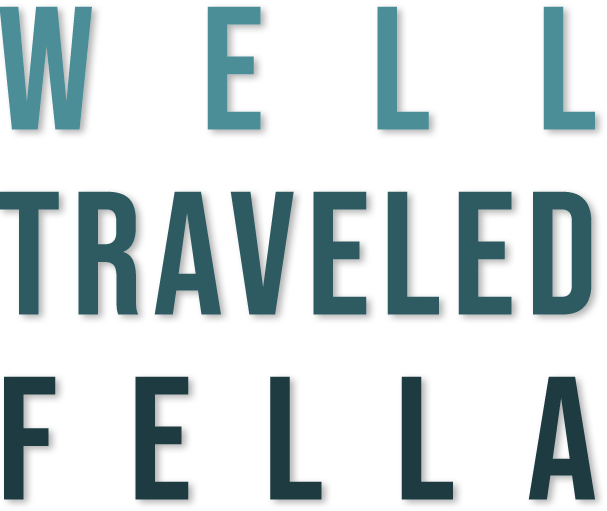

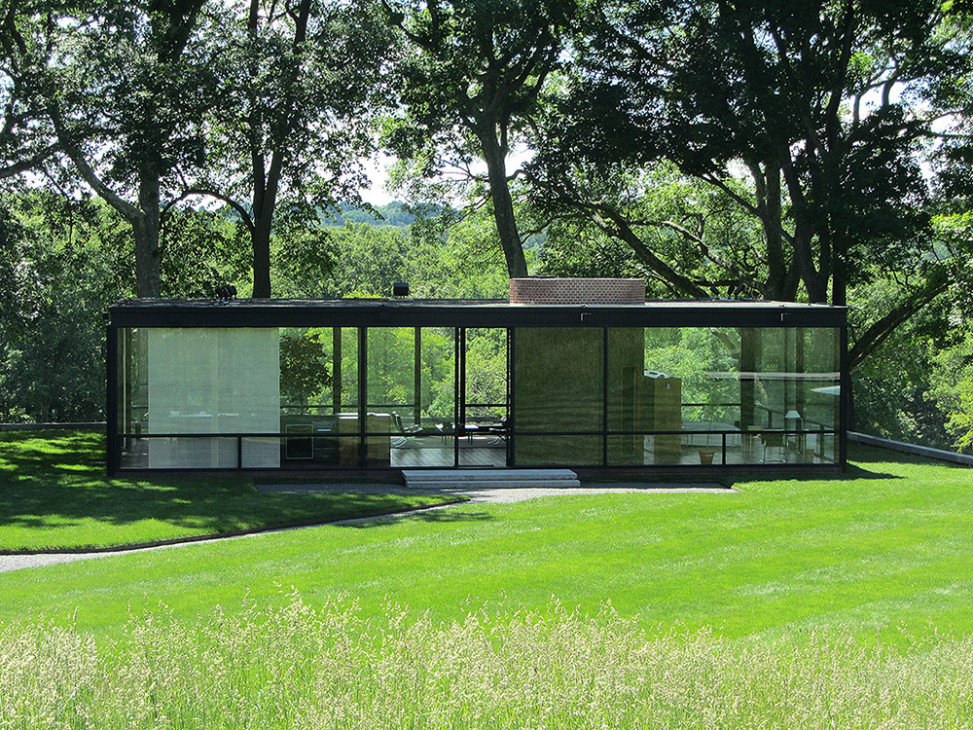
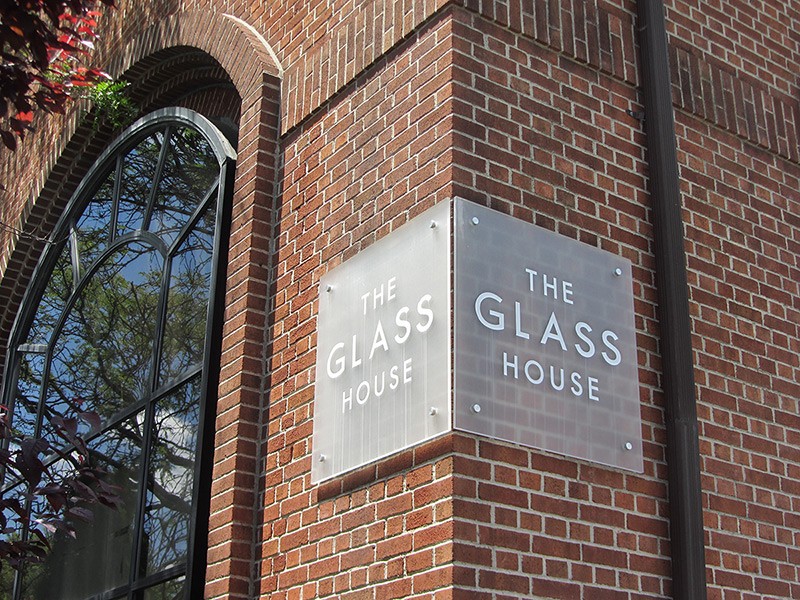
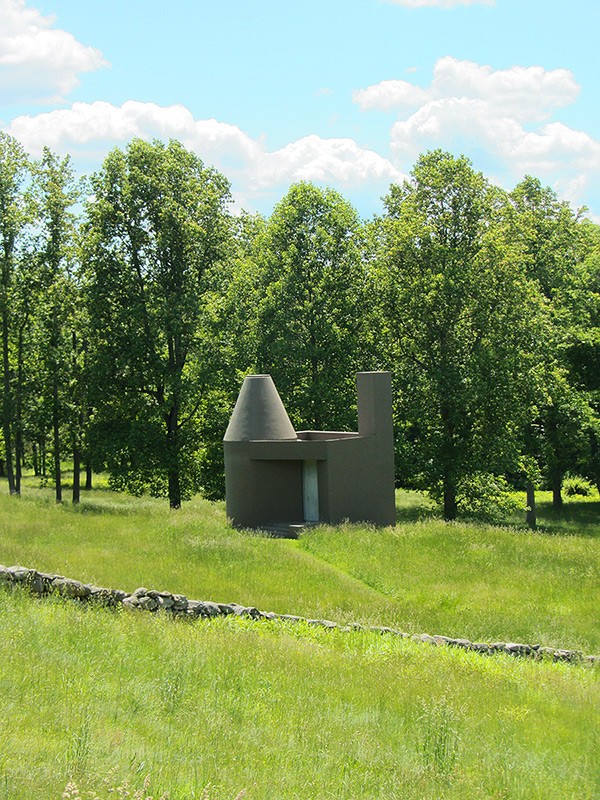
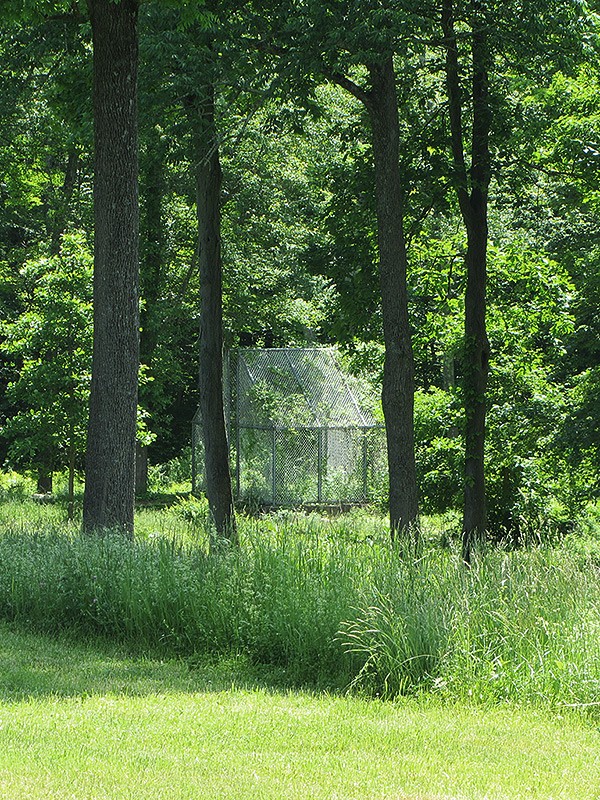
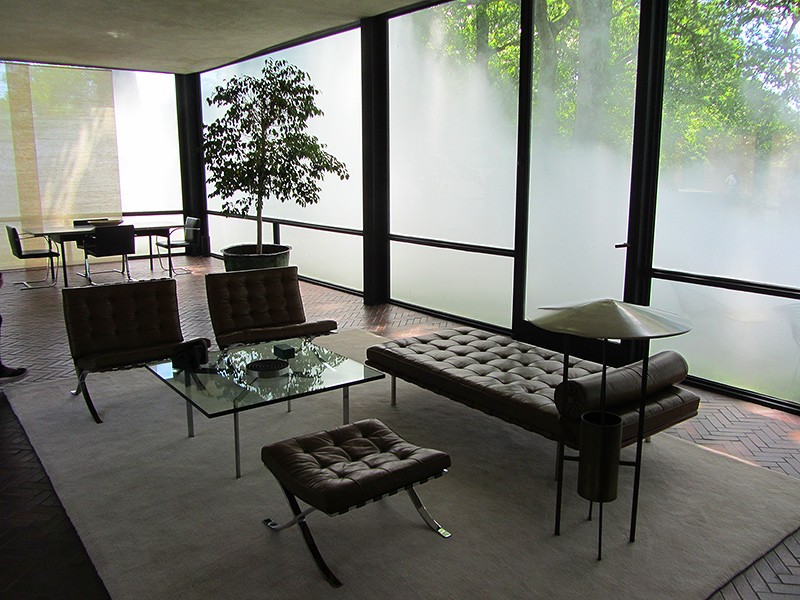
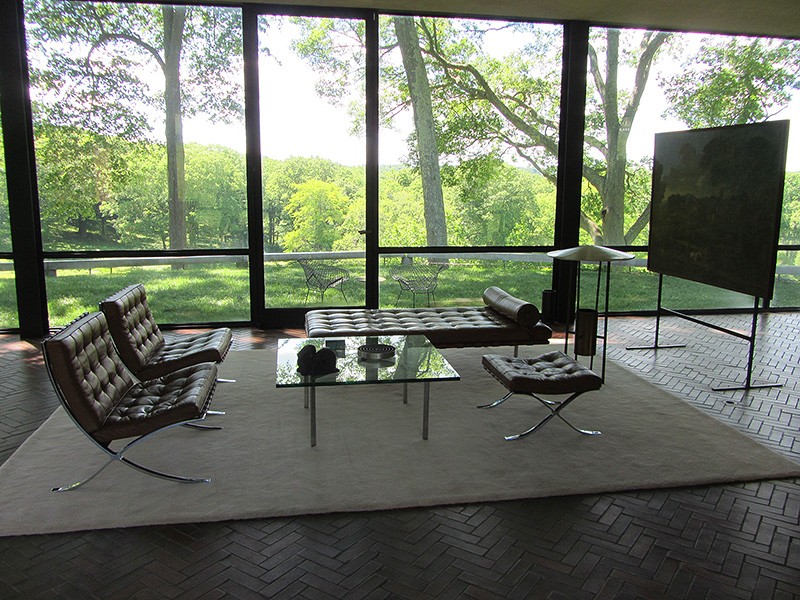
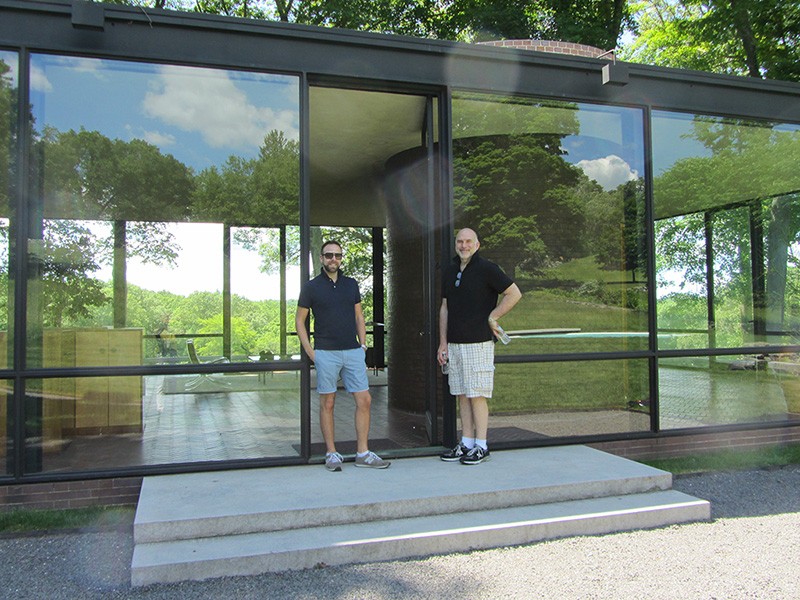
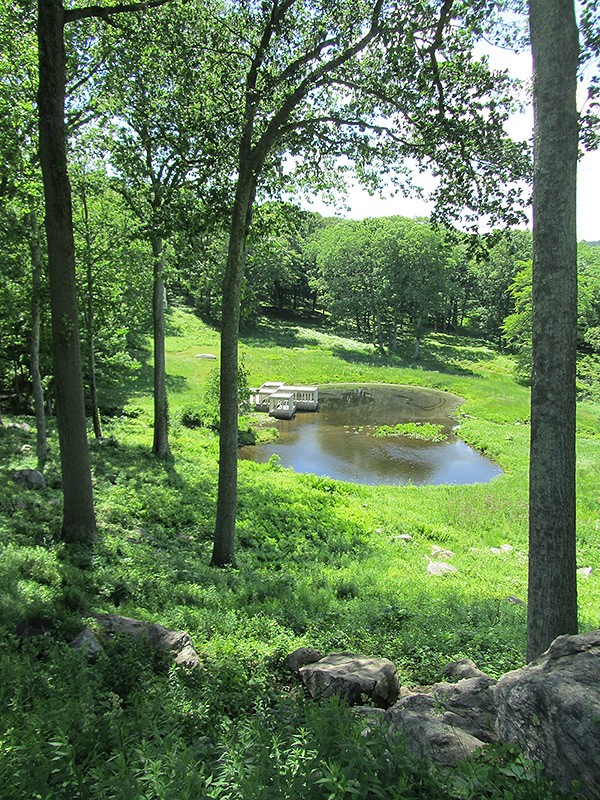
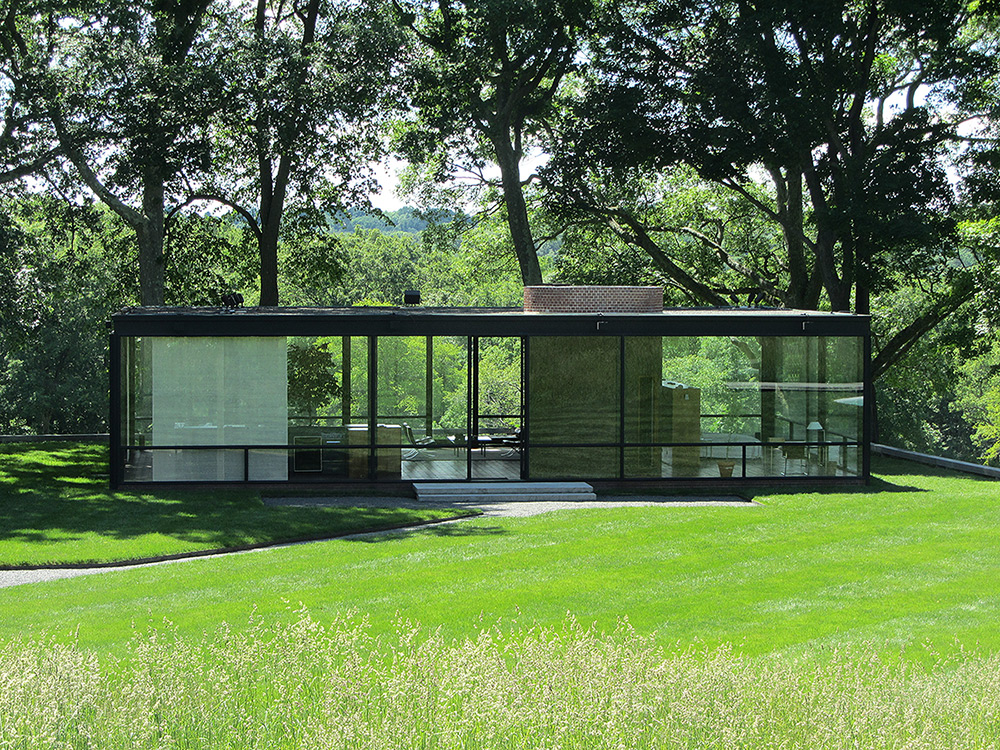
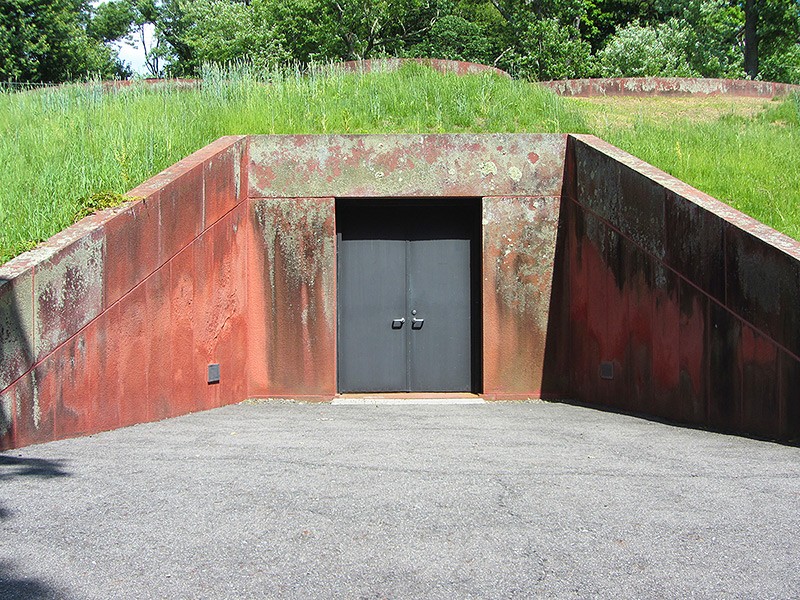
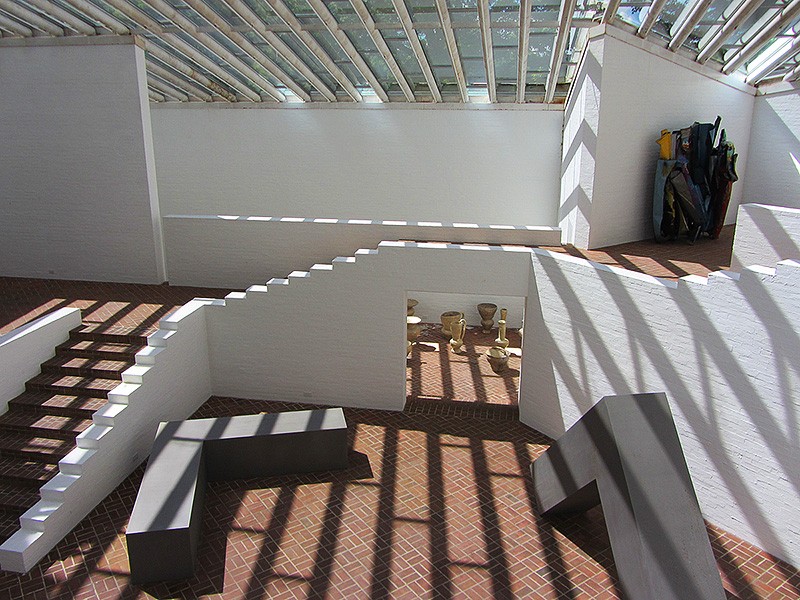
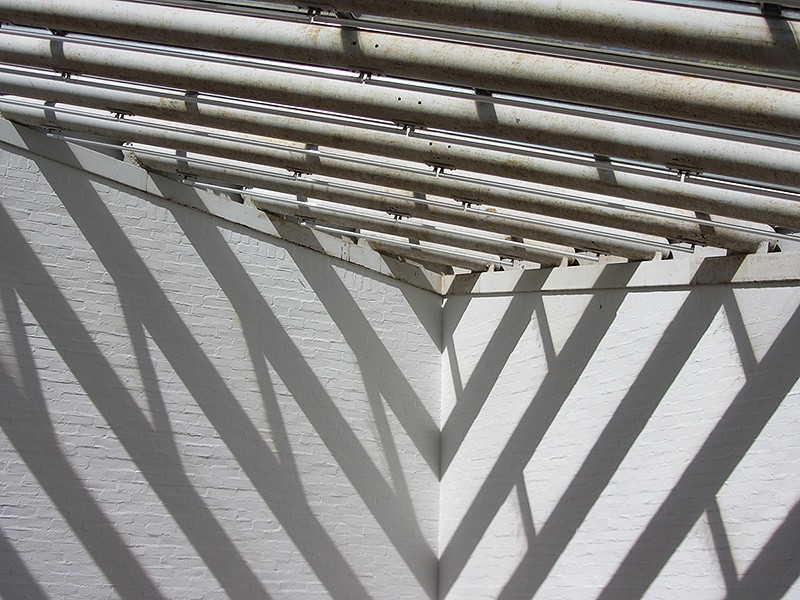
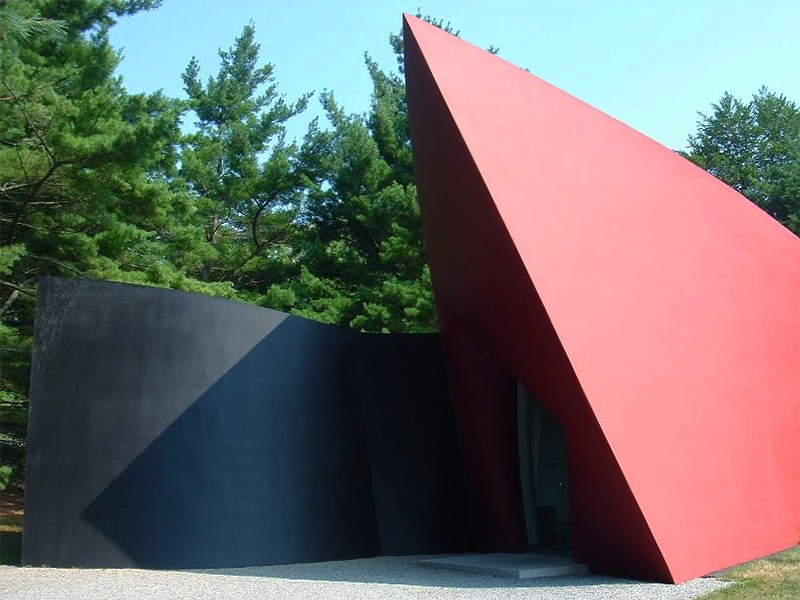
Maden
Very nice post. I just stumbled upon your blog and wished to say that I’ve really enjoyed surfing around your blog posts. After all I will be subscribing on your rss feed and I am hoping you write once more very soon!